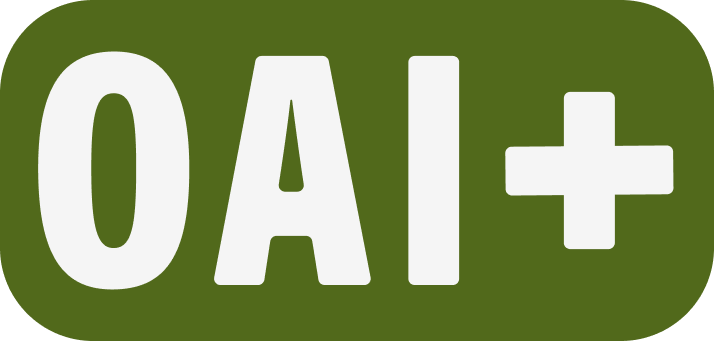Accessible Teaching Resource Hub
Accessible Teaching Resource Hub
Resource type: self-paced Canvas course Intended for: New faculty, emerging practioners, seasoned educators, staff The Accessible Teaching Resource Hub was co-created with digital inclusion specialists and people with disabilities as an introduction to digital accessibility in higher education. Course content includes topics on cognitive…
Create accessible course materials
When course materials — readings, videos, slides, websites, etc. — are accessible, all students benefit.
Students with disabilities can engage with your course materials without barriers, often using assistive technologies such as screen readers or closed captioning.
Even students without disabilities often use more than one device — such as a phone, tablet, laptop, or desktop — and may not…
How to support students with DRC accommodations
Supporting students with disabilities through academic accommodations ensures equity, inclusion, and access at PSU. These accommodations remove barriers and support student belonging and success. This guide, developed with Disability Resource Center (DRC) staff, offers clear, actionable strategies for implementing common accommodations across teaching formats.
Faculty can expect to…
How can I use third-party tools for teaching?
Back to technology tutorials
In this article
What is the Digital Learning Environment?
What third-party tools are available to use in my Canvas course?
How do I request a new third-party tool?
What should I consider when using a third-party tool? ? Contact Support How can I use third-party tools for teaching? This article was last updated . The Office of Academic…
Introduction to Universal Design for Learning
This brief introduction to Universal Design for Learning (UDL) provides an overview of the framework and practical UDL examples. UDL is a flexible pedagogical framework to minimize barriers and increase accessibility for the fullest range of students possible. A ramp allows the full range of people to access a building while a stairway allows only some. In the same way, UDL asks us to trade…
Add Captions to MediaSpace Videos
Back to MediaSpace tutorials ? Contact Support
Adding Captions to MediaSpace Videos
This article was last updated . Adding captions to videos improves accessibility for all viewers, regardless of their physical abilities. Captions can help enhance viewers’ comprehension in noisy or quiet environments, and boost engagement by making content easier to understand.
There are two…
Building a syllabus
An effective syllabus is both relevant and accessible for all students. Along with complete information, it needs organization and formatting that works well in assistive devices.
To help you get started, OAI has an accessible syllabus template with PSU policies and other common elements. It’s organized with Microsoft Word’s heading structure and uses accessible formatting. Keep the…
Canvas course checklist
Download the checklist
In this article
Before the term: Course prep checklist
During the term: Checklist for engagement
End of term: Checklist for course conclusion
Go a little further in your course development
Frequently asked questions 👋 Contact Support Canvas course checklist Essential tasks for each phase of the term From basic Canvas settings to content…
Homepage
Explore teaching resources
Find answers, tutorials, and templates for your teaching practice Teaching inclusion Canvas multimedia Zoom engagement syllabus technologies
Personalized teaching support
Solve teaching challenges with the help of the teaching support staff at Portland State University.
Faculty support desk
Contact…
Technology Tutorials
Trending tutorials Learning Management System Canvas by Instructure is PSU’s learning management system (LMS). Canvas features may be used to support in-class, hybrid, or for fully-online teaching. Canvas Tutorials Videoconferencing Zoom is PSUs primary videoconferencing platform for teaching. All PSU faculty, staff, and students have an account. For full features, download…
